
UE 5
Galactic Goo
Released June 2023
Galactic Goo is a third-person puzzle platformer about a slime in space collecting pieces of its broken spaceship.



14
8 weeks
About

Galactic Goo is a third-person puzzle platformer that follows the style of Mercury and Monkey Ball games. It follows a slime that has crash-landed its spaceship and now it has to clear the levels to get all parts of it back.
Character
Our game had to be based around a slime as its player character, which led to movement full of sliding, sticking, and rolling around and many slime-oriented mechanics like trails and splitting.
Strong Reference
Our reference game for this project was Mercury which led us to simulate their methodical, dexterous, sliding momentum player experience. We took a twist on Mercury's iconic mechanics to design and develop systems and levels that fit our theme and intended gameplay.
Role and Contribution
Technical Designer
-
Research reference games and the intended player audience.
-
Collaborate with other developers to find the core gameplay loop.
-
Concept, prototype, and develop different level mechanics: pressure plates, moving platforms, gates, conveyor belts, fans, and tunnels.
-
Closely work with programmers to develop the slime mass mechanic of the character.
-
Design and implement all UI elements with the help of 2D artists.
-
Playtest the features with the intended player audience and iterate based on the playtesting data.
-
QA testing to ensure the quality of the final product.
Level Mechanics
The level mechanics were all designed around the player's mass, incentivizing the player to pay attention to their weight and use it sparingly. They complement the puzzle-oriented gameplay and work well together with the platforming aspects of the game.
-
Universal pressure plates are activated by the player standing or leaving mass on them.
-
Gates, are activated by a connected pressure plate.
-
Moving Platforms, with custom sizes, travel distances, and routes.
-
Conveyor Belts, that change the direction of movement when activated.
-
Fans, that push the character more or less based on the current character's mass.
-
Tunnels, that take mass from the player.
-
Each feature was playtested with our intended player audience to iterate on their metrics and feel based on our methodical, dextrous, sliding momentum experience.
Final Product

Modularity
-
Pressure plates can connect to any level mechanic via a single blueprint.
-
The moving platform can have any feature attached to it.
-
Clean and clear code and documentation to help users quickly understand the functionality of the features.
Gym
-
The Gym has been organized in an orderly and cohesive manner.
-
The Gym includes metrics for all features to help other designers use them in their levels and to help artists integrate assets into the game.
UI

Final Version
The in-game UI:
-
The UI shows the percentage of mass left and goes up or down based on lost and gained mass.
-
When little mass is left, the player hears audio cues and the UI turns red as a reminder.
-
To the right of the mass, the bobble UI indicates the number of times the player can split. This number is adapted as the player loses mass.
The menu UI:
-
Main Menu - game introduction
-
Levels - list of the levels in the game. The levels are locked if the player has not completed the ones before. The UI shows if the player has collected the gem inside the level.
-
Settings - audio and graphics.
-
Collection - the unlocked player character colors. The player unlocks new slime colors by collecting the gems in the levels.
-
Comic - rewatch the opening game comic.
-
Credits, gyms, and showcases.
Ingame UI
-
The ingame UI was made together with a 2D artist to ensure that its functionality and the visuals are coherent with the gameplay.
-
The UI has been playtested and iterated upon based on collected data to ensure the visuals properly convey mass to the player.
Menu UI
-
The menu was made with the close collaboration of a 2D Artist and programmer to make sure the in-game visuals are aligned with their UI representation.
-
The menu has been tested internally to improve its feel and QA tested to ensure its functionality with both controller and mouse and keyboard.
Character Trail
The player's mass loss is represented by a slime trail behind the character.
-
The player leaves a permanent trail in areas they have been to.
-
Going over the same trail helps replenish some lost mass by picking up the slime from the trail.
-
The trail changes color along with any character cosmetic changes.
I have made the earlier versions of this feature and with the close collaboration with programmers and 2D artists, the feature was polished in the later stages of the pipeline.

Conclusion
This project has been a great learning experience for all members of our team.
We faced many challenges. This has been the first time any of us has ever worked in a multidisciplinary team. We were new to scrum and we struggled with our time estimation skills. We had over-scoped and had to remake our concept a quarter into development.
However, we learned from our mistakes and quickly grew as a team throughout development by constantly improving our teamwork and collaborative skills. In the end, we were able to overcome our challenges and deliver something we could take pride in, considering it was our first game ever.
We weren't able to properly market our game and it did not stand out among its competitors. Nonetheless, it was very well-received by the small audience who played it and had gotten mostly positive feedback.










